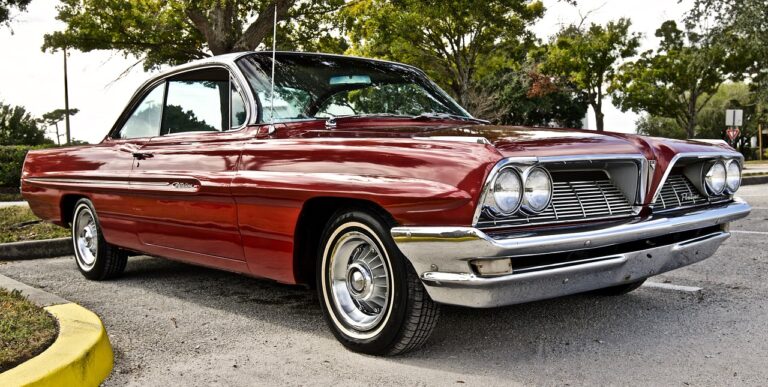Analyzing the Impact of Automotive Air Conditioning on Vehicle HVAC System Efficiency in Extreme Temperatures
goldenexch, cricbet99 link, king 567:Automotive air conditioning is a crucial component of modern vehicles, especially when driving in extreme temperatures. It helps regulate the interior temperature, ensuring a comfortable driving experience for passengers. However, many drivers are unaware of how using the air conditioning can impact the efficiency of the vehicle’s HVAC system, particularly in extreme conditions.
In this article, we will delve into the effects of automotive air conditioning on the efficiency of the HVAC system in vehicles, especially when facing extreme temperatures. We will explore how using the air conditioning affects the overall performance of the HVAC system and offer insights on how drivers can optimize their usage to maintain efficiency.
Effects of Automotive Air Conditioning on HVAC System Efficiency
1. Increased Engine Load: When the air conditioning is turned on, it puts additional strain on the vehicle’s engine. The compressor responsible for cooling the air requires power to operate, which in turn increases the load on the engine. In extreme temperatures, this can result in reduced fuel efficiency and overall performance of the vehicle.
2. Refrigerant Loss: Extreme temperatures can cause the refrigerant in the air conditioning system to leak or evaporate faster. This can lead to a decrease in cooling efficiency and potentially damage the components of the HVAC system. Regular maintenance and checking for leaks are essential to prevent refrigerant loss.
3. Battery Drain: Using the air conditioning in extreme temperatures can also drain the vehicle’s battery faster. The compressor and other electrical components of the system require power to operate, which can put additional strain on the battery. This is why it is important to have a properly functioning battery and alternator to support the air conditioning system.
4. Cooling System Overload: In extreme heat, the cooling system of the vehicle is already working hard to maintain optimal engine temperature. When the air conditioning is turned on, it adds to the load on the cooling system, potentially leading to overheating issues. Regular maintenance of the cooling system is essential to ensure it can handle the extra load from the air conditioning.
5. Evaporator Coil Freezing: Using the air conditioning continuously in extreme temperatures can cause the evaporator coil to freeze up. This can restrict airflow and reduce cooling efficiency. If you notice reduced cooling performance or ice buildup on the evaporator coil, it is important to have the system checked and serviced by a professional.
6. Cabin Air Filter Clogging: Dust and debris can accumulate in the cabin air filter, especially when driving in extreme conditions. When the air conditioning is turned on, it will blow air through the filter, potentially causing clogging and reducing airflow. Regularly changing the cabin air filter is essential to maintain optimal air quality and airflow.
Optimizing Automotive Air Conditioning Usage
1. Use Recirculation Mode: In extreme temperatures, using the recirculation mode on the air conditioning can help maintain a cooler interior temperature more efficiently. This mode recirculates the already-cooled air inside the cabin, reducing the workload on the system and improving overall efficiency.
2. Park in the Shade: When parked in extreme heat, the interior of the vehicle can quickly become hot. This means the air conditioning system will have to work harder to cool the cabin once you start driving. Parking in the shade or using a sunshade can help reduce the interior temperature, easing the workload on the air conditioning system.
3. Pre-Cool the Vehicle: If possible, pre-cool the vehicle before driving in extreme temperatures. This can help reduce the amount of time the air conditioning needs to run while driving, improving overall efficiency. Using a remote start feature or parking in a shaded area can help pre-cool the vehicle.
4. Regular Maintenance: Regular maintenance of the HVAC system, including the air conditioning components, is crucial to ensure optimal performance. Checking for refrigerant leaks, changing the cabin air filter, and inspecting the cooling system are essential tasks to maintain efficiency in extreme temperatures.
5. Adjust Temperature Settings: Setting the air conditioning to a moderate temperature can help reduce the workload on the system. Instead of maxing out the cooling setting, opt for a comfortable temperature that still provides relief from the heat. This can help improve efficiency and prolong the life of the HVAC system.
FAQs
Q: Can extreme temperatures damage the HVAC system in vehicles?
A: Extreme temperatures can put additional strain on the HVAC system, potentially leading to issues such as refrigerant leaks, battery drain, and overheating. Regular maintenance and optimizing air conditioning usage can help mitigate these risks.
Q: How often should I have my HVAC system serviced?
A: It is recommended to have your HVAC system serviced at least once a year, especially before the start of extreme temperature seasons. Regular maintenance can help identify and address any issues before they escalate.
Q: What are the signs of a failing HVAC system?
A: Signs of a failing HVAC system include reduced cooling performance, strange noises coming from the system, and ice buildup on the evaporator coil. If you notice any of these signs, it is important to have the system checked by a professional.
In conclusion, automotive air conditioning plays a vital role in maintaining comfort and safety while driving in extreme temperatures. However, it is important to be aware of how using the air conditioning can impact the efficiency of the HVAC system in vehicles. By understanding the effects of air conditioning usage and following the tips outlined in this article, drivers can optimize their usage to ensure maximum efficiency and performance, even in extreme conditions.







